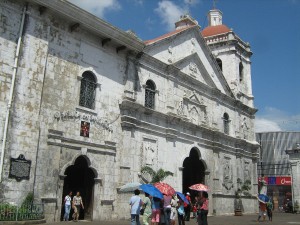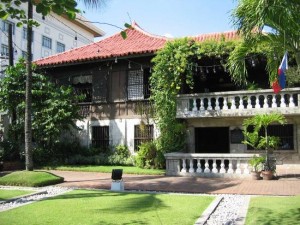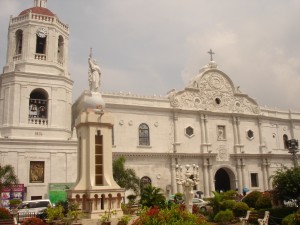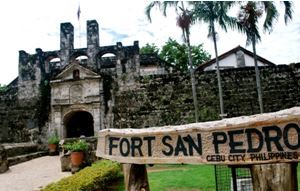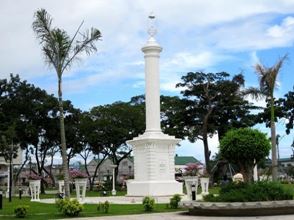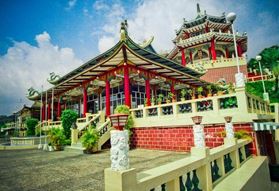Cebu City Tour
Start in the morning after breakfast and hit the sights of the city in comfort in our full size conversion van. You can have a full day out and see as many sights as possible or select just a few that interest you. You’ll be amazed at the varied offerings Cebu City has to explore and we’ll have you back at your hotel in time for dinner or choose from one of our recommended dining establishments.
- Basilica del Santo Niño
The Minor Basilica of the Santo Niño or Basilica Minore del Santo Niño is a 16th century church in Cebu City, Philippines. It was built purportedly on the spot where the image of the Santo Niño, a sculpture depicting the Holy Child Jesus was found by Spanish explorers in 1565 preserved in a burned wooden box which was left behind during the 1521 Magellan expedition.
- Casa Gorordo Museum
The house was built in the mid-19th century by Alejandro Reynes Y Rosales and bought by Juan Isidro De Gorordo, a Spanish merchant, in 1863. Four generations of the Gorordo family lived in the house, including Juan Gorordo, first Filipino bishop from Cebu from 1910-1932. Now a public museum located at 35 L Jaena St., Cebu City and is open to the public from Mon-Sun, 10:00 am – 6:00 pm.
- Cebu Heritage Park
Located on the original Plaza Parian, the Heritage of Cebu Monument showcases the significant and symbolic events in the history of Cebu from the time of Rajah Humabon to the recent beatification of Cebuano martyr Pedro Calungsod. The monumental sculptural tableau is the work of national artist Eduardo Castrillo. It was constructed in July 1997 and inaugurated in December 8, 2000.
- Cebu Metropolitan Cathedral
- Fort San Pedro
- Plaza Independcia
- Taoist Temple

